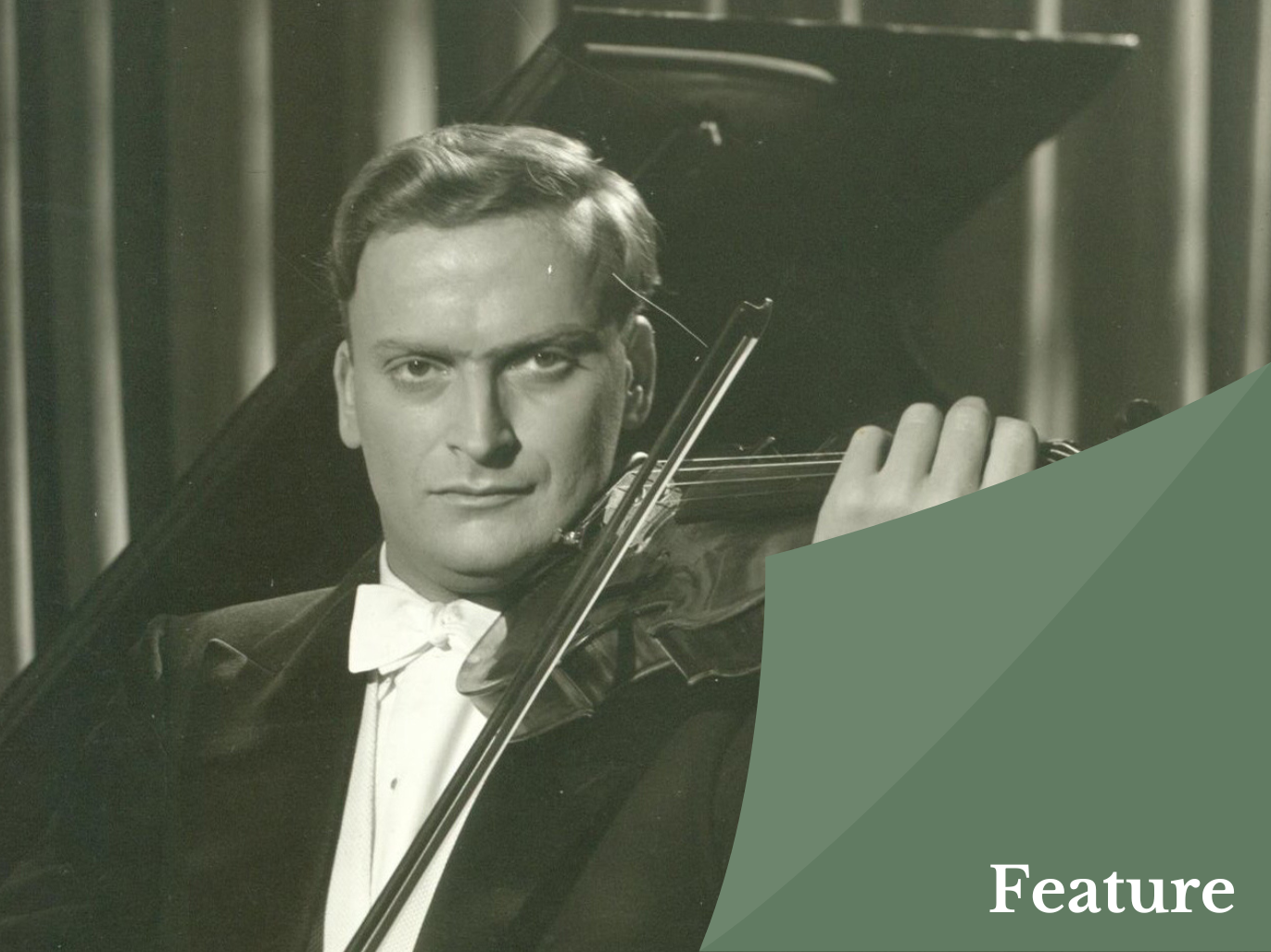Beyond the Music: Time, Place, and Human Connection
Sometimes the magic is just as much to do with time and place as it is the filming itself. Take Christopher Nupen having the intuition in 1969 that Jacqueline du Pré, Daniel Barenboim, Itzhak Perlman, Pinchas Zukerman and Zubin Mehta were the classical world’s new stars, and thus worth the expense and effort of following their London Schubert “Trout” from rehearsal to concert. Or even Rostropovich’s impromptu solo Bach in front of the Berlin Wall, two days after it came down in November 1989 – neither well filmed, nor with nicely captured sound, this has nevertheless become a lasting cultural touchstone for being timeless, intimate music, played as history was being made, by a peacemaker cellist whose own personal story was intimately bound up in all that dismantled wall represented.
On to documentaries, and for Juban, the watchwords are once again simplicity and musicality – together with having a plan.
“To take Bruno Monsaingeon again,” he begins, “Bruno’s supreme quality is he knows how to tell a story; and has progressively had the hero of his films tell their story themselves, with little or no third-party intervention. The epitome of this is Richter: The Enigma, which is 98 percent Richter. With Menuhin it’s the same thing. And always, he also will have done his research and will know in advance what he wants to get out of a subject matter. You can’t make a great documentary by just sitting and pressing a record. Those films do exist, but they’re weak”.
“You have to get all the information from your interlocutor” emphazises Monsaingeon, picking up that thread. “There must be space for interpretation on the part of the viewer, rather than you telling them what to think. This is how I hope that my films will have some kind of future – because they do not depend on my present state of mind or on my explicit interpretation”.
The further key elements for Monsaingeon are then trust between the director and their subject, and obsession on the part of the director. “For anybody, it is difficult to accept the way that somebody else looks at you,” he begins. “Richter did not particularly like the filming process, so his condition was that we had to make a film without one. It was therefore only after many months, when a close relationship had been built up, that we could actually start not only recording his words but also filming him. Which was incredibly touching. So I think the secret, when you are making a film about somebody, is that you have to devote every minute of your life to it. And it’s going to be something incredibly intimate – which is why it’s such a fascinating process”.
Asked to name a strong documentary made by someone else, he cites the 1984 Daniel Schmidt film, Tosca’s Kiss, following the residents of the home Verdi established in Milan for retired singers, Casa Verdi. “It was a marvellous, marvellous idea, and really very moving to film all the old singers as they reflect upon their past,” he enthuses. “And done with such tact and delicacy. I think it’s a beautiful film”.

